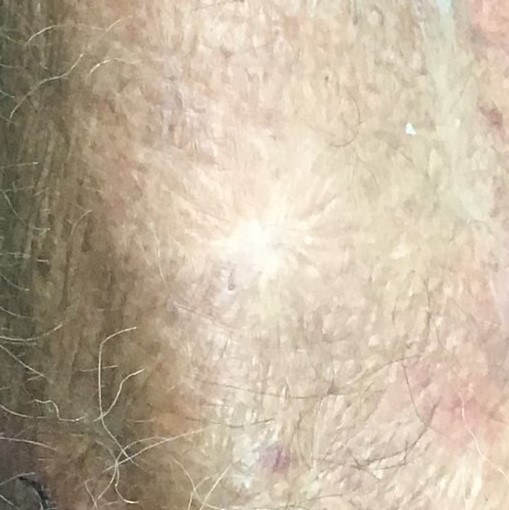
What is Anaplasia?
In the simplest terms, anaplasia is used to describe a cell that has lost many of its defining characteristics or in other words has become undifferentiated. But what does that mean when it comes to cancer cells? What does it mean for anaplasia cells to be found inside a tumor? What is anaplasia? Are anaplastic…Read More










